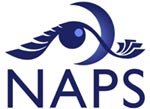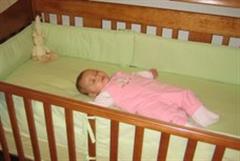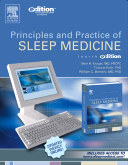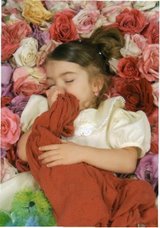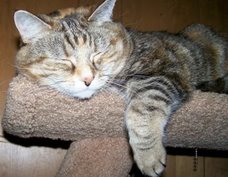The Joint Commission on Accreditation of Healthcare Organizations today released for review a list of DRAFT Goals and Requirements that will be considered for potential inclusion in the 2008 National Patient Safety Goals. The National Patient Safety Goals, which are updated annually, are designed to require health care organizations to protect patients from the negative impact of specific health care errors.
The draft Goals include requiring organizations to:
- improve recognition and response to changes in a patient’s condition
- reduce the risk of post-operative complications for patients with obstructive sleep apnea
- prevent patient harm associated with health care worker fatigue
- prevent catheter misconnections
Potential Requirements for review also include requiring organizations to investigate and initiate planning for the use of technology to assist with patient identification, and to reduce the likelihood of patient harm associated with the use of anticoagulation therapy.
The full text of the potential Goals on the list are posted on the Joint Commission website and has been distributed for comment to health care professionals, providers, consumers and other stakeholders. The deadline for feedback is Friday, January 26, 2007.
The list of potential Goals and Recommendations has been developed by a panel of well-known patient safety experts, including nurses, physicians, risk managers, pharmacists, and other professionals who have hands-on experience in addressing patient safety issues in a variety of health care settings. Each year, this Sentinel Event Advisory Group reviews the current Goals
The field review offers the opportunity for others to share their judgment about the relevance, priority, clarity, ability to measure compliance, time needed to implement and cost of implementation of each potential Goal and Requirement under consideration.
For more information about the field review, please contact Jennifer Hoppe, senior research associate, Division of Standards and Survey Methods, Joint Commission, at 630.792.5936 or jhoppe@jcaho.org.





